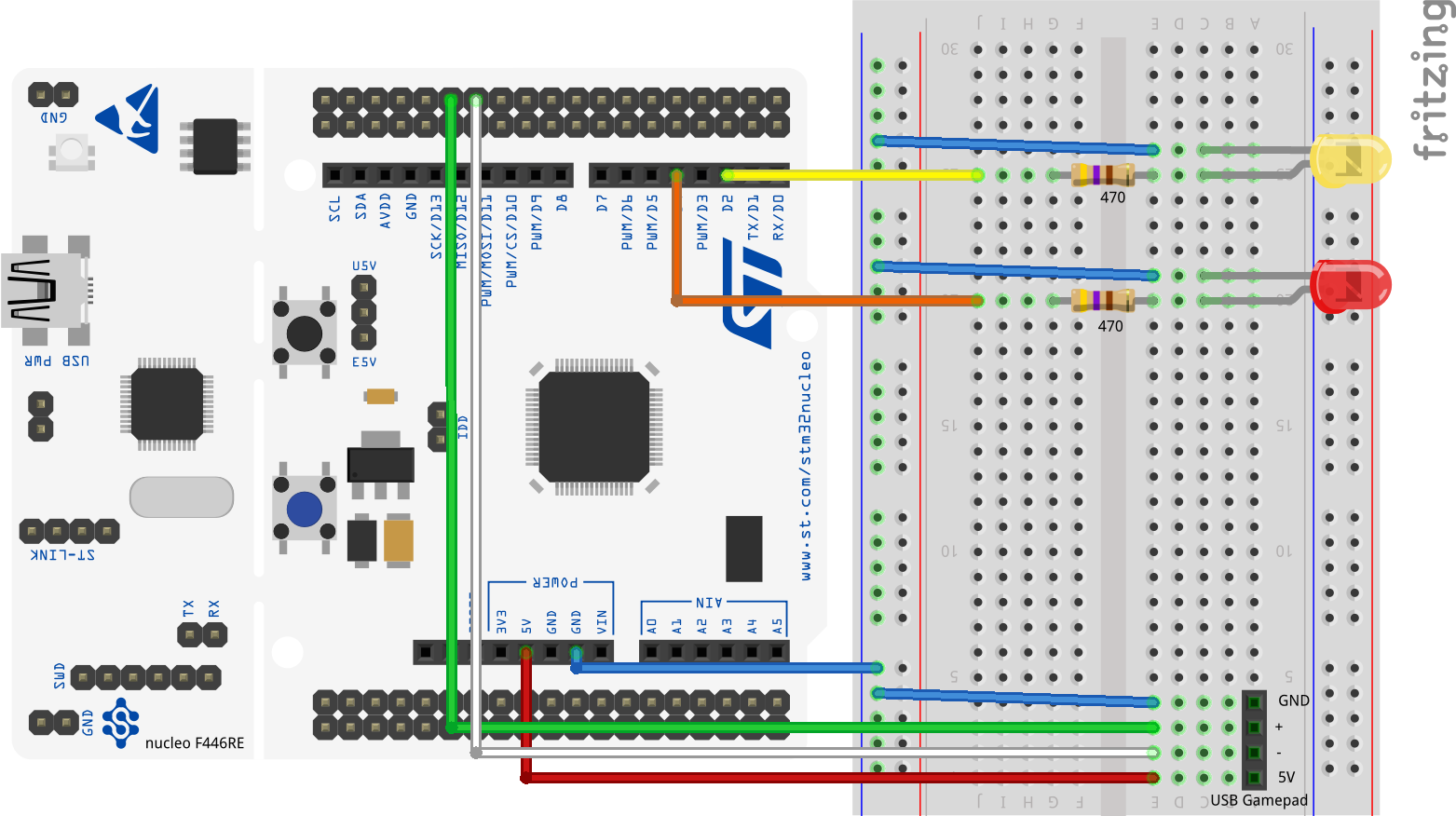

While that is running, the processor is tied up in doing "nothing". Sure, it will only be "off" by a few micro seconds, but it will be off! In reality, this approach has at least two problems.įirst of all, the call of both HAL_GPIO_TogglePin and HAL_Delay are not single instructions, so the actual time spend in the loop will be "a tiny bit" longer than 500 ms resulting in a frequency which is slightly below the intended 1 Hz.

I made the claim earlier that this approach was generally misguided and that is part of the problem. The keyword in the above description is "approximately". The result will be approximately 1 blinks per second: It will toggle the led, not caring what the previous state was, and then wait for 500 ms. The approach is simple and easily understood. Using Stm32CubeIde and it's HAL libraries, the main loop will look something like: In this approach, the led is simply toggled in the main loop of the program, with an appropriate delay. This approach, while quite misguided, is often seen in examples, particularly Arduino based ones. Write Firmware to NUCLEO-F401RE Board openocd -f board/stnucleof4.cfg Open another terminal, and execute telnet. This is the frequency at which the timers will operate (in this case 72 MHz - remember this value for later examples). Also important to notice is the value of the APB1 Timer Clocks. The important values here is the value of the external crystal (in this case 8 MHz), the value of HCLK, which is the frequency the processor will run at. Second step is to configure the CPU to enable the external crystal:įinal step is to configure the various clocks:
#Nucleo f401re led blink serial#
First step I configure the Serial Wire debug (including the trace): I made this program in order to turn on and off the green led when I press the user's button (the blue one), include 'stm32f4xx.h' include 'stm32f4xxnucleo.h' include 'systemstm32f4xx.h' include 'stm32f4xxhalgpio.h' include 'stm32f4xxhalrcc.h' GPIOInitTypeDef GPIOInitStructure int main. When starting a new project in Stm32CubeIde, I generally go through some common settings. STM32F401RE-Nucleo LED and BUTTON's example. Stm32CubeMx is used to "configure" the processor. These are discussed in the following sections.įor these examples, I will be using ST's Stm32CubeIde, which includes Stm32CubeMx. RCC.Using the STM32 HAL from ST there are a number of different ways to blink a LED. ProjectManager.functionlistsort=1-MX_GPIO_Init-GPIO-false-HAL-true,2-SystemClock_Config-RCC-false-HAL-false,3-MX_USART2_UART_Init-USART2-false-HAL-true ProjectManager.TargetToolchain=MDK-ARM V5 ProjectManager.ProjectFileName=Nucleo-F401RE.ioc ProjectManager.FirmwarePackage=STM32Cube FW_F4 V1.24.1 PH1\ -\ OSC_OUT.Mode=HSE-External-Clock-Source

PH0\ -\ OSC_IN.Mode=HSE-External-Clock-Source PC15-OSC32_OUT.Mode=LSE-External-Oscillator PC14-OSC32_IN.Mode=LSE-External-Oscillator PC13-ANTI_TAMP.GPIO_ModeDefaultEXTI=GPIO_MODE_IT_FALLING PC13-ANTI_TAMP.GPIOParameters=GPIO_PuPd,GPIO_Label,GPIO_ModeDefaultEXTI PA5.GPIOParameters=GPIO_Speed,GPIO_PuPd,GPIO_Label,GPIO_Mode PA3.GPIOParameters=GPIO_Speed,GPIO_PuPd,GPIO_Label,GPIO_Mode PA2.GPIOParameters=GPIO_Speed,GPIO_PuPd,GPIO_Label,GPIO_Mode NVIC.UsageFault_IRQn=true\:0\:0\:false\:false\:true\:true\:false NVIC.SVCall_IRQn=true\:0\:0\:false\:false\:true\:false\:false NVIC.PendSV_IRQn=true\:0\:0\:false\:false\:true\:false\:false NVIC.NonMaskableInt_IRQn=true\:0\:0\:false\:false\:true\:true\:false NVIC.MemoryManagement_IRQn=true\:0\:0\:false\:false\:true\:true\:false NVIC.HardFault_IRQn=true\:0\:0\:false\:false\:true\:true\:false NVIC.DebugMonitor_IRQn=true\:0\:0\:false\:false\:true\:true\:false NVIC.BusFault_IRQn=true\:0\:0\:false\:false\:true\:true\:false #MicroXplorer Configuration settings - do not modify


 0 kommentar(er)
0 kommentar(er)
